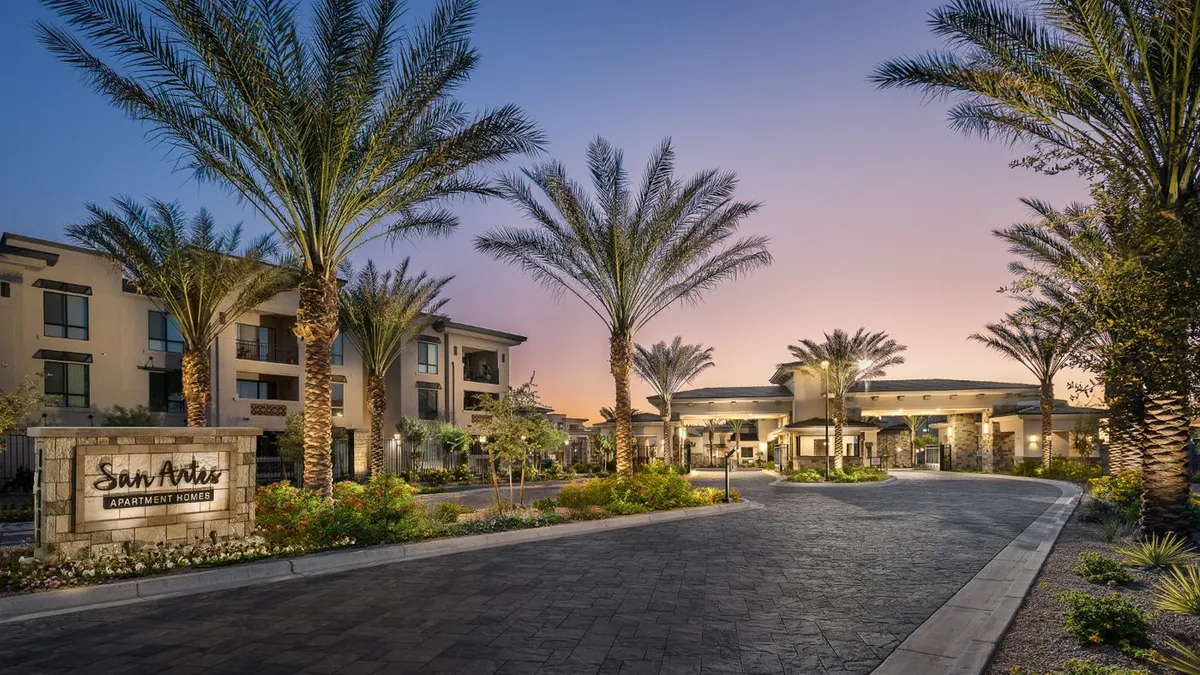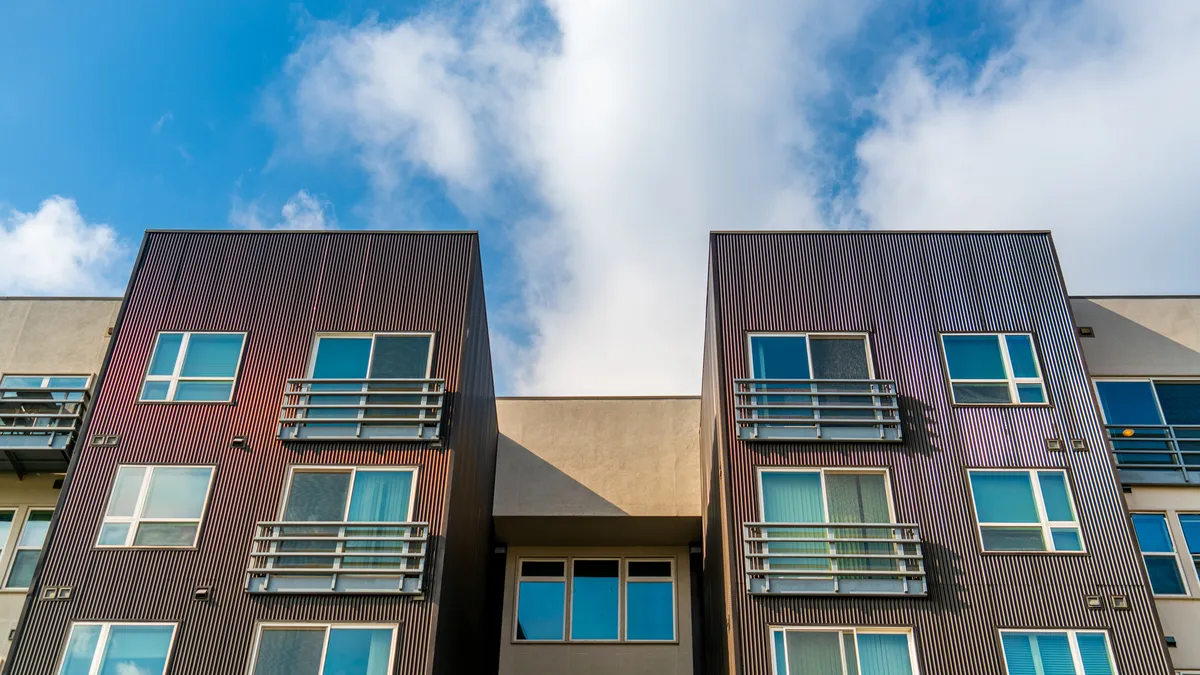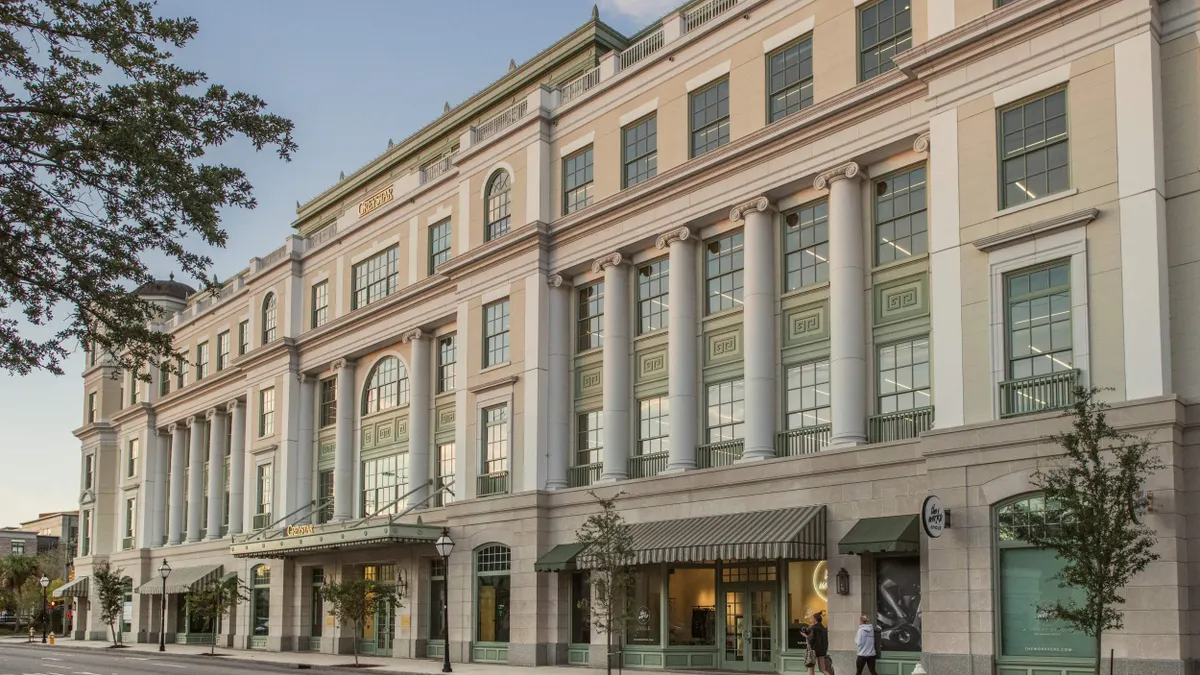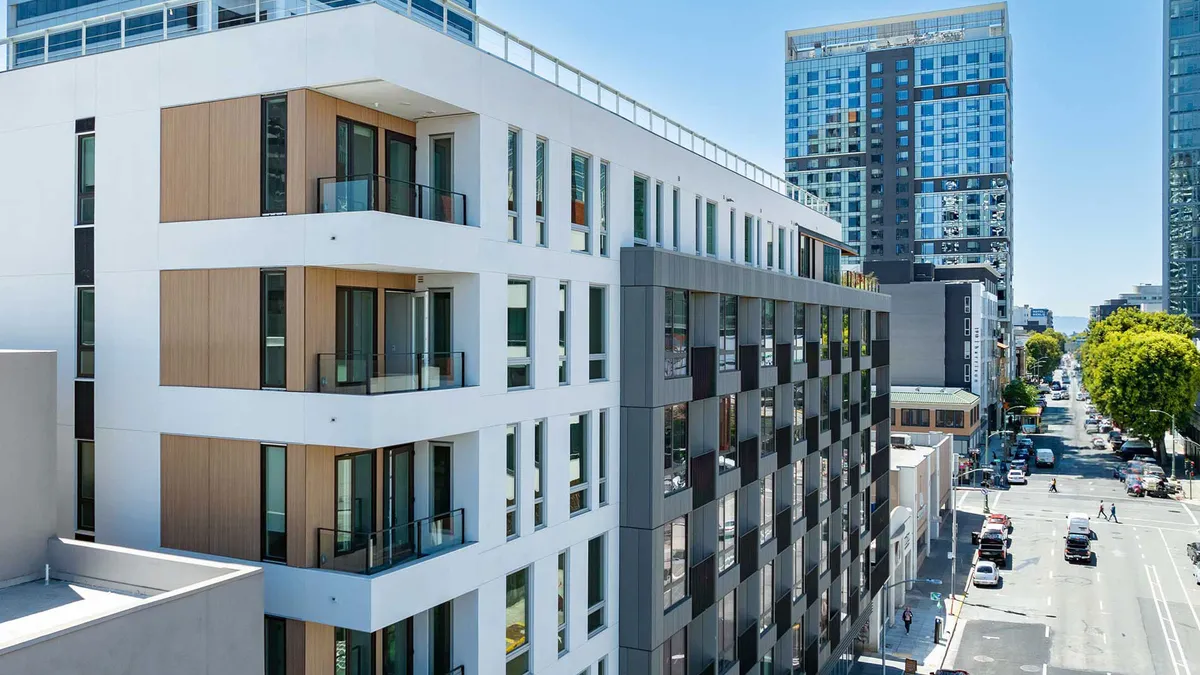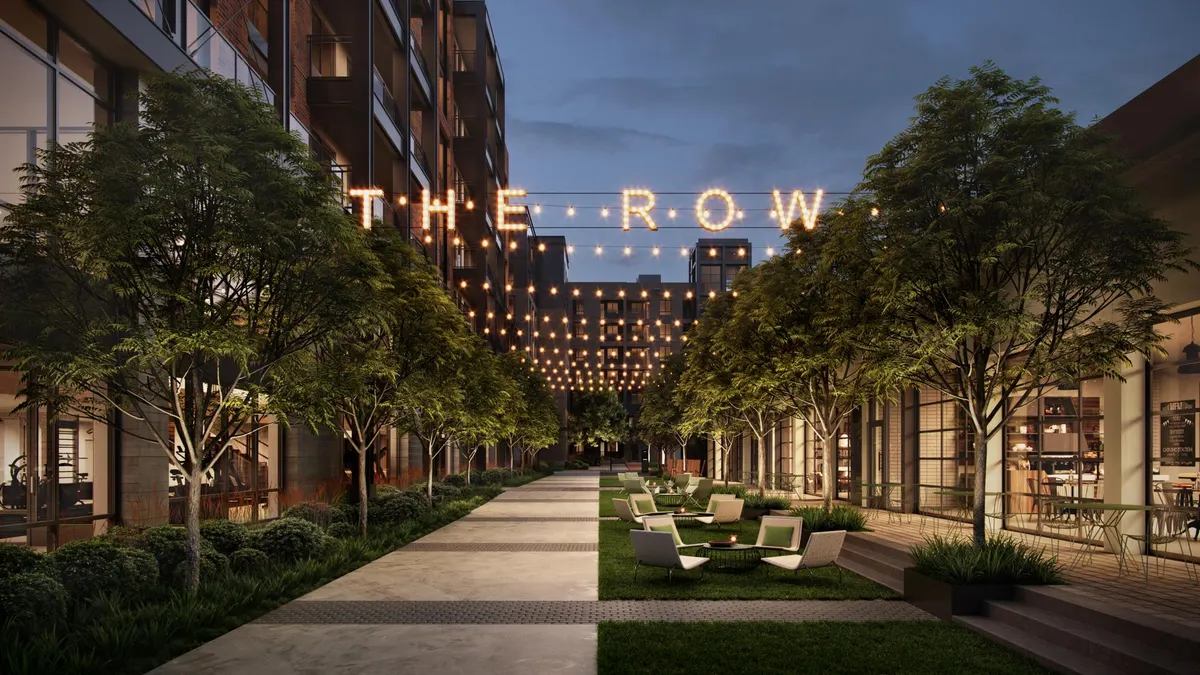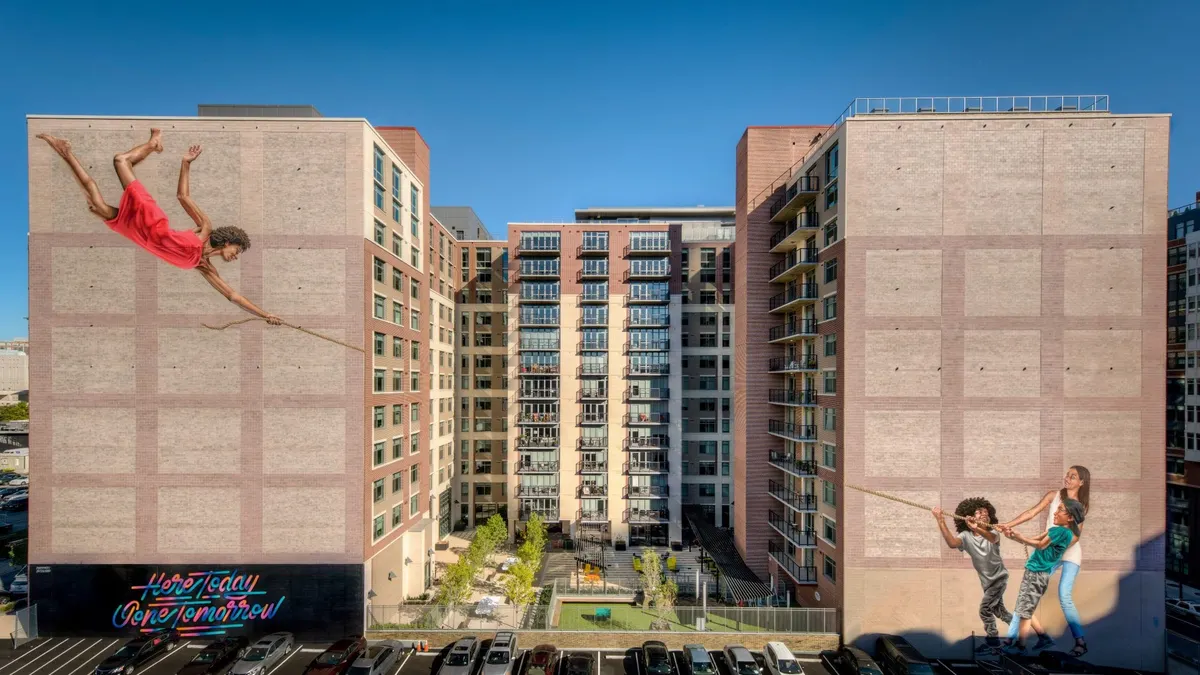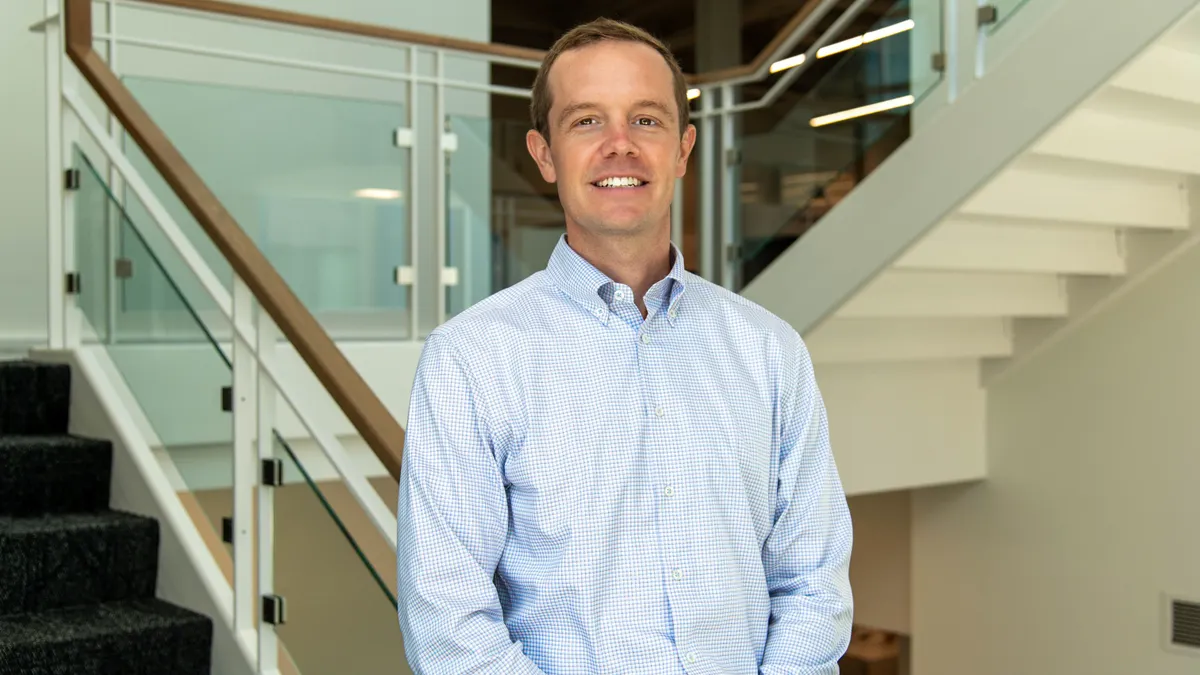Even before the COVID-19 pandemic, people had been moving to Phoenix. But when offices nationwide closed in 2020, even more workers found their way to the Valley of the Sun.
Now, two years later, John Carlson, president of Scottsdale, Arizona-based developer, owner and investment manager Mark-Taylor Residential, says those people are staying.
“I was initially worried about the boomerang effect — meaning someone would come here from, say, San Francisco for six months and go back,” Carlson said. “But we're finding that many of those folks are staying because they fell in love with Arizona.”
Carlson, whose company manages more than 22,000 apartments and is celebrating its 37th anniversary this year, says the transformation of downtown, the growth of Arizona State University and job expansion in Arizona have helped make the Phoenix market more resilient.
“We used to be very boom or bust and very construction dependent,” Carlson said. “But, post-2011, a lot of things have changed.”
Although Arizona is in a much better position than it was heading into the Great Recession, the state’s rental market will still feel the effects of an economic downturn. Here, Carlson talks with Multifamily Dive about shifting rent growth expectations, how he conveys those changes to his clients and the ownership situations that will get into trouble.
This interview has been edited for brevity and clarity.
MULTIFAMILY DIVE: Do you see any cooling in the market?
2021 was by far the best year ever on record going back in our data to 1982. So when you look at how you are comparing yourself as a marketplace year over year, I like to say it's less good.
Fundamentals remain strong, but we're transitioning expectations. Owners that have been in this business for 10 or fewer years, or post-Great Recession, have only known one market. Long-term owners, such as Scott Taylor and Jeff Mark of our company, have been through these cycles many times.
What do you tell these owners?
So, education matters and data matters. We’ve spent a lot of time over the last 90 days, as the markets cooled, helping ownership groups — new and old — understand what happens as the market cools and goes into less of an expansionary market or into a contraction.
How do you rely on numbers to educate owners?
We usually go back to the default — quality data. We are a data company. If I took the average rental increase from 1982 through 2020, it was 3.2%. So, it's hard to argue that rents are ever terribly misaligned from [the Consumer Price Index], but 2021 was different for lots of reasons. It's helping them understand where their expectations should be long term.
If a guy underwrites a bad deal, you're never bigger than the market. So, I can't fix that. But if it's a quality deal and you have a longer-term horizon, you're probably going to be OK.
Who is going to get in trouble?
It is the groups that are building with lots of cost overruns and unrealistic rent expectations. Now they're not going to get bailed out by a sale. The capital markets have cooled. In 2021, we had the most transactions in multifamily history in Phoenix by far. When you have peak transactions, you'll have peak pricing.

Peak prices usually happen within three to 12 months after the transaction peak. If you look at this year’s second quarter, we peaked in pricing.
So now you have a cooling effect, and cap rate compression is easing to some degree. You're no longer seeing guys buying at three caps because of interest rates, and also the headwinds of the macro environment and the hawkish positioning of Jerome Powell and the Federal Reserve. So, there are guys that are thinking about how they stabilize development deals and potentially refinance into permanent debt versus just going to market. There are a lot of things that have changed in the last 90 days because of that price decrease and cap rates going back up.
Do you see differences between the multifamily and single-family rentals that you’re managing?
For a long time, people would say SFR is completely different from traditional multifamily. Forever, garden-style, mid-rise or high-rise were traditionally well-regarded categories. Today, I just look at it as adding SFR and BTR [build-to-rent] to those categories.
Click here to receive multifamily and apartment news like this article in your inbox every weekday.



